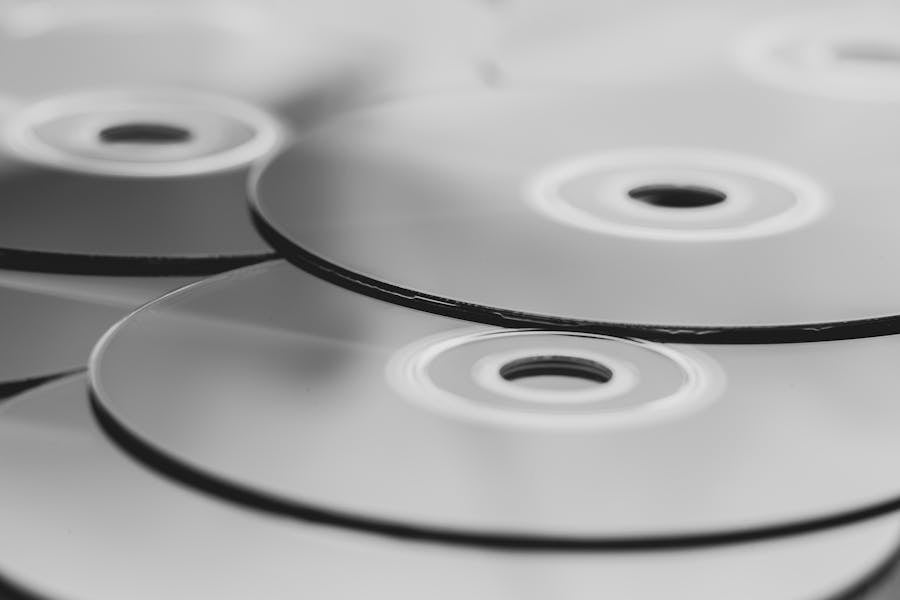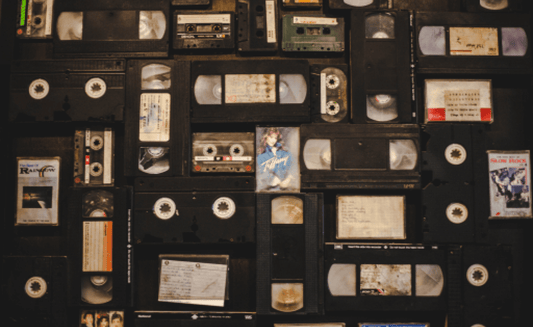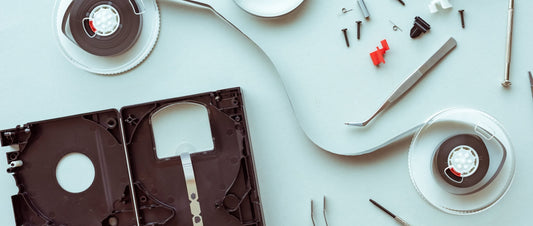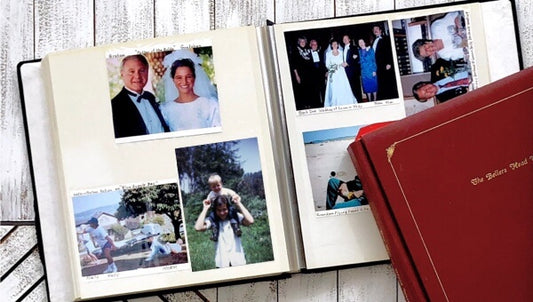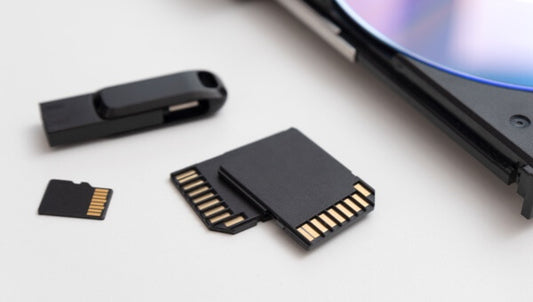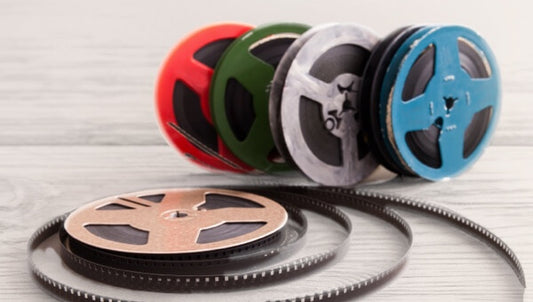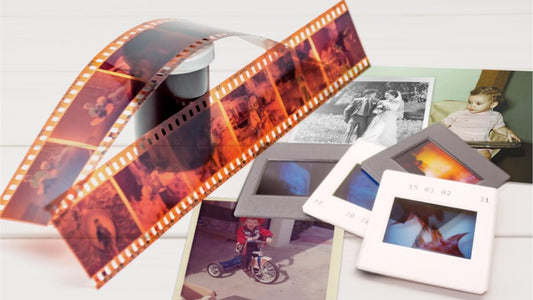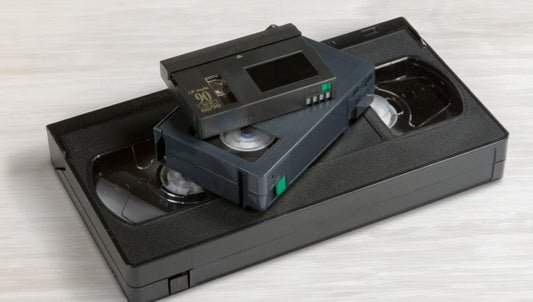Few things are more frustrating than finding an old DVD you’re excited to watch, only to discover it skips, freezes, or won’t play at all. Whether it’s a favorite movie or a disc filled with family memories, scratches can make your DVD nearly unusable. The good news is that there are simple methods you can try at home to bring your disc back to life. In this guide, you’ll learn how to fix a scratched DVD at home, when to use safe DIY methods, and why digitizing your discs is the best long-term solution.
Jump To:
- Why DVDs Scratch So Easily
- Safe At-Home Fixes for Scratched DVDs
- Methods to Avoid
- When to Stop DIY and Seek Other Options
- FAQ: Fixing Scratched DVDs
- Bringing It All Together
Why DVDs Scratch So Easily
Unlike streaming files stored in the cloud, DVDs are physical discs that rely on a laser reading surface. That surface is only a thin layer of plastic protecting a reflective data layer. Even light scratches can block the laser and cause skipping or freezing. If you’ve ever wondered can a scratched DVD be repaired, the answer is often yes; but the results depend on how deep the damage is.

Safe At-Home Fixes for Scratched DVDs
When your disc is scratched, it’s tempting to try anything to make it work again. But only a few methods are safe to use without risking further damage. Here are some of the most effective approaches:
1. Cleaning with Warm Water and Mild Soap
Often, what looks like a scratch is really dirt, dust, or fingerprints. Wash the DVD gently under warm water with a drop of mild dish soap. Rinse thoroughly and dry with a microfiber cloth, wiping in straight lines from the center to the edge. Avoid circular motions that can worsen damage.
2. Buffing with a Microfiber Cloth
For light scratches, gently buff the surface with a clean microfiber cloth. Start at the center and move outward. This method doesn’t erase scratches but can smooth rough edges enough for the laser to read the data again.
3. Using Toothpaste to Fill Minor Scratches
One of the most common DIY questions is: Does toothpaste fix a scratched DVD? The answer is sometimes. Non-gel toothpaste with mild abrasives can fill shallow scratches. Apply a pea-sized amount, rub gently from the center outward, and rinse clean. Make sure to dry thoroughly before playing the disc.
4. Petroleum Jelly Method
A thin layer of petroleum jelly can act as a filler for scratches. Apply a very small amount, wipe off excess with a soft cloth, and test the disc. If successful, the laser may read through the scratch more easily.
5. Commercial Disc Repair Kits
If you’d rather avoid home remedies, disc repair kits are available online and in electronics stores. They often use a gentle buffing process to smooth scratches. These kits can be useful if you have a larger DVD collection with recurring issues.

Methods to Avoid
Some “fixes” you may read online can do more harm than good. Avoid using sandpaper, window cleaner, or any harsh abrasive powder. These methods may temporarily mask a scratch but will often make the disc unreadable in the long run.
Why these methods are harmful
- Sandpaper or abrasive powders can grind away the protective layer, permanently destroying the disc.
- Window cleaner and household chemicals may leave residue that interferes with the laser and damage the disc’s surface.
- Over-buffing can actually make scratches worse by creating micro-grooves that scatter light and prevent smooth playback.
When to Stop DIY and Seek Other Options
If your DVD contains irreplaceable footage, like home movies of family vacations, weddings, or birthdays, don’t keep experimenting with abrasive methods. Every attempt wears down the disc further. In these cases, repairing scratches at home should be seen as a short-term solution, not a permanent fix.
The best way to preserve those memories is to digitize your DVDs. Once your home movies are converted into digital files, you’ll never have to worry about scratches, skips, or discs degrading over time.
For the DVDs you no longer need, the best next step is responsible recycling. A dedicated DVD recycling program ensures your discs don’t end up as waste in landfills but are broken down and repurposed in environmentally friendly ways. Pairing digitization with recycling not only safeguards your memories but also helps reduce clutter and supports a more sustainable future.
FAQ: Fixing Scratched DVDs
Can you fix deep scratches on a DVD?
Deep scratches that cut into the data layer are often impossible to repair at home. DIY fixes work best on surface-level scratches.
Does toothpaste really work on DVDs?
Toothpaste can help with shallow scratches by filling them in. However, it’s not a guaranteed solution and should be applied very carefully to avoid residue.
Will repairing a scratched DVD make it good as new?
No. Even the best methods don’t restore DVDs permanently. At-home repairs are temporary fixes that may make the disc playable long enough to watch or back up the contents.
Can scratched DVDs damage a DVD player?
Most scratched DVDs won’t harm your player, but if the disc is badly warped or cracked, it’s best not to risk it. Always inspect discs before inserting them into your player.

Bringing It All Together
Learning how to fix a scratched DVD at home can help you enjoy your discs again, whether it’s a beloved movie or a collection of family moments. From simple cleaning to safe DIY methods like toothpaste or petroleum jelly, these solutions may give your DVD new life. But remember none of them are permanent. Scratches, dust, and time will always take their toll.
If your DVDs hold precious home movies, consider digitizing them with Capture as the ultimate solution. Once preserved digitally, those memories can be enjoyed, shared, and protected without the worry of scratches ever again.

